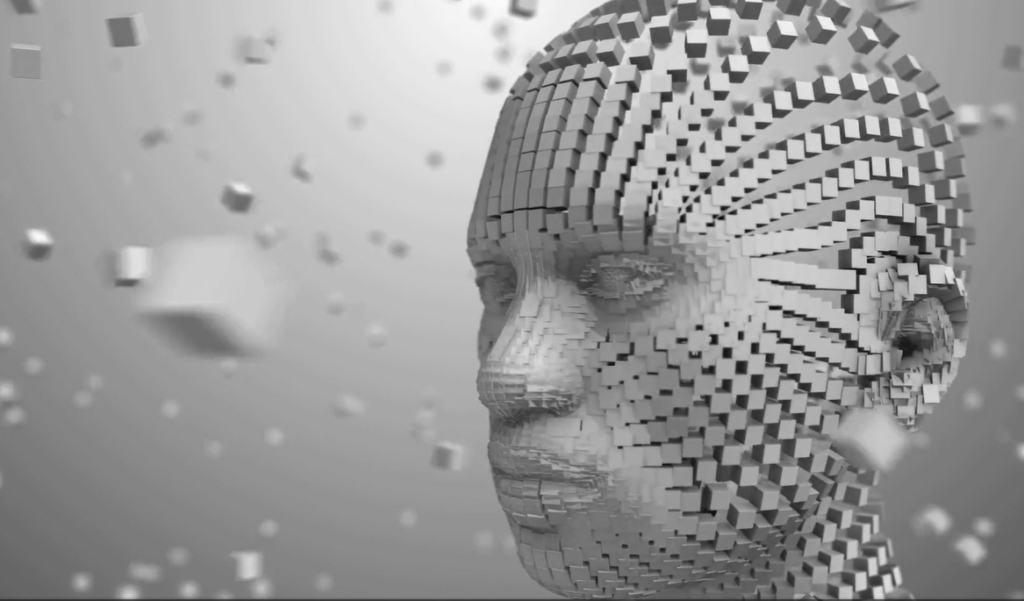Building an AI-Driven Recruitment Platform: A Comprehensive Guide
In recent years, the recruitment industry has undergone a significant transformation driven by the need for more accurate and diverse hiring processes. Traditional recruitment methods have proven inadequate in meeting the complex hiring needs of modern businesses, leading to the adoption of artificial intelligence (AI) technology-powered tools to streamline the recruitment process and introduce innovation.
AI has the potential to enable organizations to efficiently and effectively hire the right candidates by automating tasks such as resume screening and profile matching. However, developing an AI-powered recruitment platform is a complex endeavor that requires a deep understanding of both traditional recruitment models and the capabilities of AI in the hiring landscape.
This article will walk you through the essential steps involved in developing an AI-powered recruitment platform and provide insights and strategies for successfully addressing recruitment challenges using AI applications.
Key Features of an AI-Powered Recruitment Platform
Creating an AI-driven recruitment platform necessitates an understanding of the key features that will make it truly effective and exceptional. These features should be designed to automate, streamline, and enhance various recruitment processes, ultimately leading to better hiring decisions and improved workforce efficiency.
-
Automated Resume Screening:
One of the most challenging and time-consuming aspects of recruitment is reviewing numerous resumes to identify quality candidates. AI can significantly reduce this workload by independently scanning and sorting resumes based on predefined criteria such as education, skills, and experience.
Only the top candidates progress to the next stage of the hiring process, as these algorithms can identify patterns in successful candidates and apply them to evaluate new candidates.
-
Profile Matching and Shortlisting:
Another crucial aspect of AI-powered recruitment platforms is their ability to match candidate profiles with job descriptions. Machine learning techniques can be used to assess candidate profiles and job descriptions, ensuring the right fit.
These algorithms consider factors like cultural fit, growth potential, and predictive performance data, going beyond simple keyword matching. This ensures that recommended candidates not only meet the job requirements but also have a high chance of succeeding in their roles.
-
Virtual Assistant and Chatbot Support:
AI-driven chatbots can enhance the applicant experience by interacting with candidates round the clock, answering their queries, providing updates on their applications, and even conducting initial screening interviews. This improves overall engagement and communication between recruiters and candidates.
Predictive analysis enhances the decision-making capabilities by leveraging data to evaluate candidate profiles, hiring history, and other relevant information to determine a candidate’s potential success in a role. This enables recruiters to make informed decisions that increase success rates and ROI.
AI-powered platforms mitigate the risk of unconscious bias by introducing objectivity into the evaluation process. Additionally, AI algorithms can be continuously monitored and adjusted to ensure they remain unbiased, promoting fairness in the recruitment process.
Step-by-Step Guide to Developing an AI-Powered Recruitment Platform
Step 1: Market Research and Analysis
Thorough market research is essential before embarking on the development process. This involves understanding existing recruitment technologies, identifying gaps in current solutions, and assessing the needs of your target market. Engage with potential users, HR professionals, and recruiters to gain insights into the functionalities and features they require.
Step 2: Defining Core Features
The next step is to define the essential features of your platform based on market research. These include the core AI-driven features discussed earlier, such as chatbots, candidate-matching algorithms, automated resume screening, predictive analytics, etc. Incorporate unique features that differentiate your recruitment platform and map out a user-friendly experience for recruiters and candidates.
Step 3: Choosing the Right AI Technology
Selecting the appropriate technology is crucial for the development process. Depending on your requirements, choose AI and machine learning tools and frameworks, including NLP libraries and data analytics tools. Consider the data storage and processing needs to ensure the chosen technology can handle large volumes of data effectively and securely. This analysis is essential for successful Android and iOS app development.
Step 4: Design and Development
During the design phase, create detailed wireframes and prototype the UI to ensure a seamless experience for recruiters and candidates. Your development team will then begin coding the front-end and back-end features using agile development methods. An experienced mobile app development team with AI expertise and UX/UI design capabilities can ensure all aspects of the AI recruiting platform for Android and iOS are covered.
Step 5: Integrated Solutions
Integrating external tools and applications into the AI recruitment platform requires careful planning. Utilize relevant datasets such as resumes, job descriptions, and hiring history to train AI and machine learning models. Once trained, integrate these models with core platform functionalities like resume screening and candidate matching.
Step 6: Thorough Testing
Testing is crucial to ensure the platform is reliable and functional. Test the performance, security, accuracy, and reliability of AI algorithms to maintain the quality of your AI-powered recruitment application.
Step 7: Mobile App Deployment
Deploy the platform with minimal downtime to ensure a smooth transition for users. Consider releasing a beta version to a small group of users for feedback before the full launch, allowing for any necessary adjustments based on real-world usage.
Step 8: Post-Launch Support
Monitor the platform’s performance, user interactions, AI accuracy, and satisfaction scores to make continuous improvements. Use this data to refine AI algorithms, add new features, and enhance the user experience. Regular updates and improvements will keep your platform competitive and adaptable to the evolving needs of recruiters and candidates.
Cost of Developing an AI-Powered Recruitment Platform
The cost of developing an AI-powered recruitment platform varies based on several factors, including hiring an expert AI development team and investing in advanced technology. Data processing, acquisition, and storage costs can also impact the overall cost, especially when dealing with large datasets for training AI models.
The average cost of AI recruitment platform development ranges from $80,000 to $100,000, while a more advanced platform could cost between $150,000 and $250,000. Despite the initial expenses associated with AI development, the long-term benefits of enhanced hiring effectiveness and improved candidate matching justify the investment in AI.
Conclusion
Developing an AI-powered recruitment platform is a challenging yet rewarding endeavor that can significantly enhance hiring processes. AI platforms have the potential to revolutionize recruitment by automating tasks like candidate matching, resume screening, and predictive analysis.
However, thorough planning is essential throughout the development process, from market research to technology selection. While the upfront costs may seem significant, the long-term benefits make AI development a worthwhile investment.
If you’re considering integrating AI into your recruitment process or building an AI-powered hiring application, USM Business Systems is the ideal AI development company to meet your software development needs.
Contact USM Business Systems today to get started.



